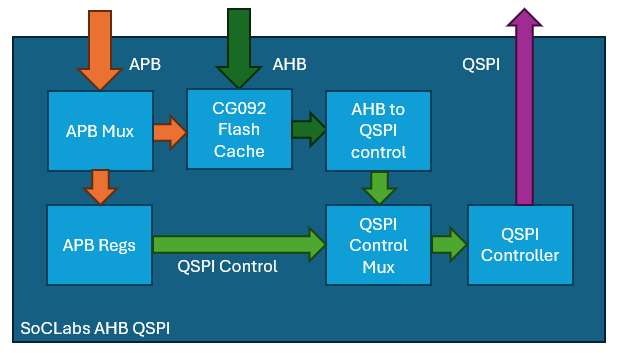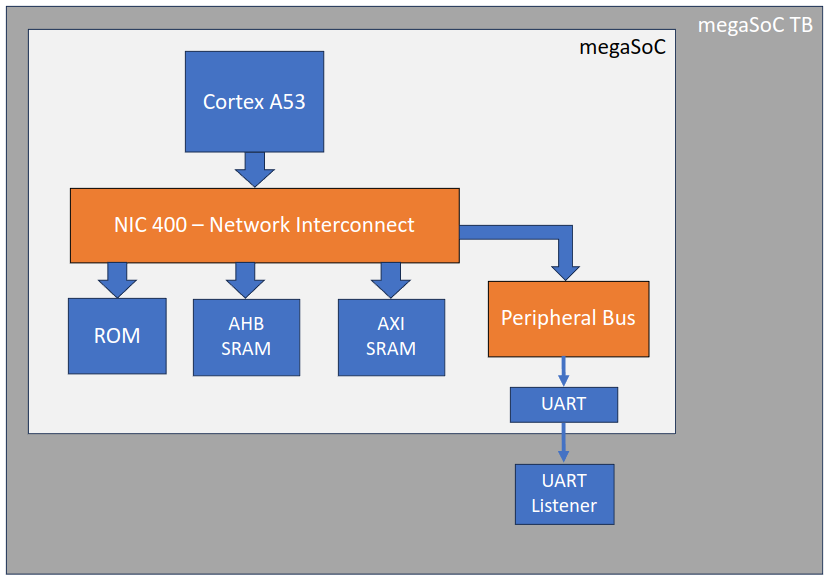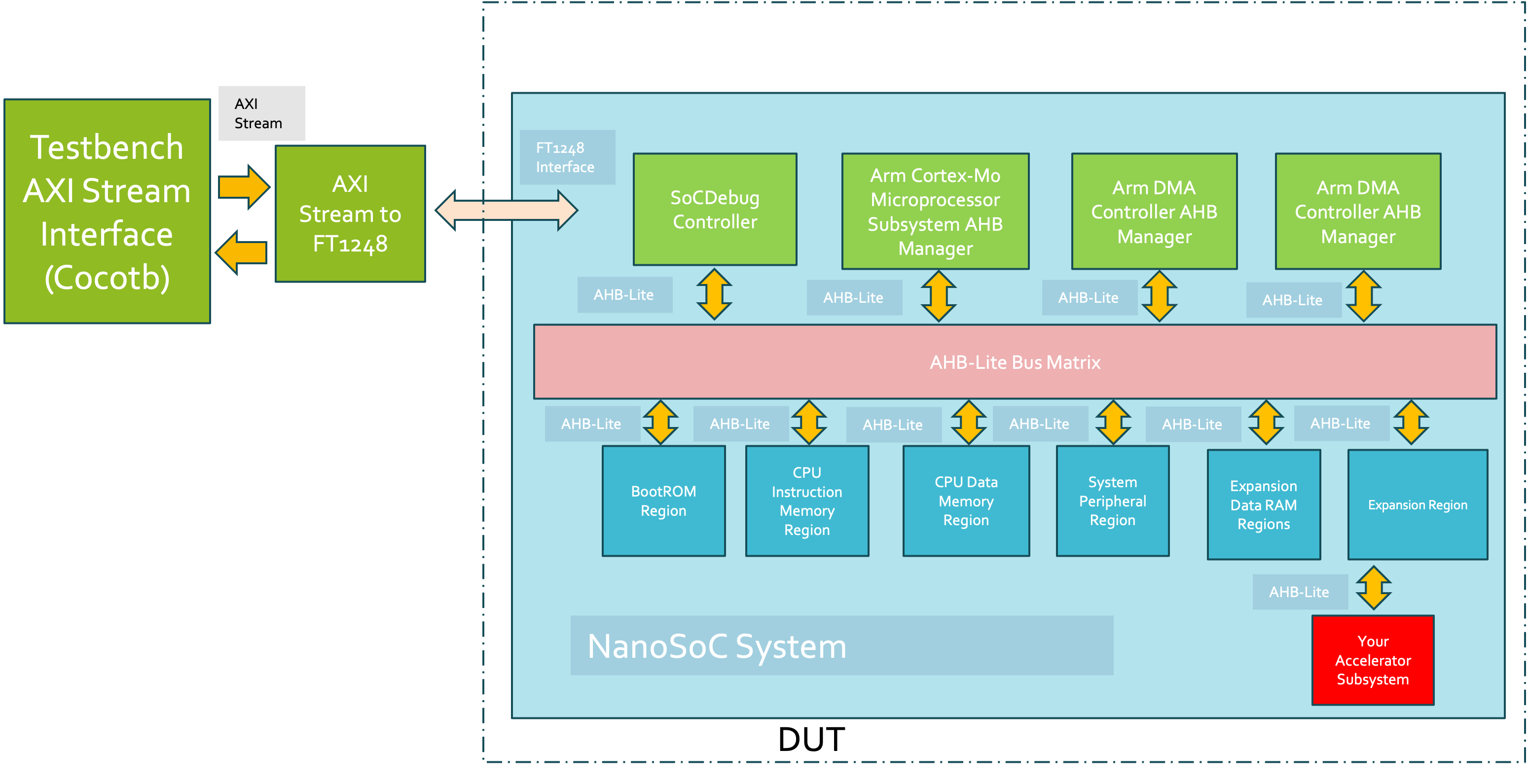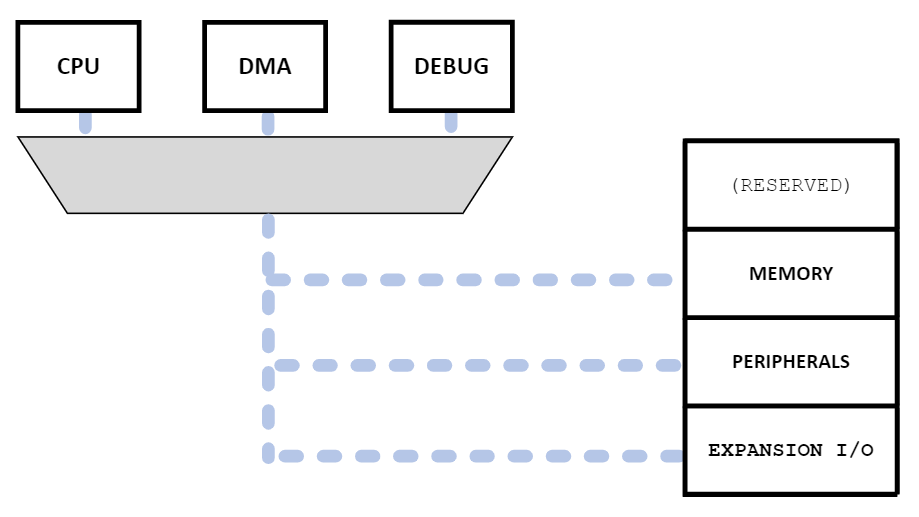
This program is dedicated to the development of a System on Chip (SoC) platform, specifically designed to support learning and research activities within Indonesian academic institutions. The platform serves as an educational and research tool for students, lecturers, and researchers to gain hands-on experience in digital chip design.

 Trio Adiono
Trio Adiono

 Daniel Newbrook
Daniel Newbrook


 Srimanth Tenneti
Srimanth Tenneti


 John Darlington
John Darlington





 David Mapstone
David Mapstone

 David Flynn
David Flynn